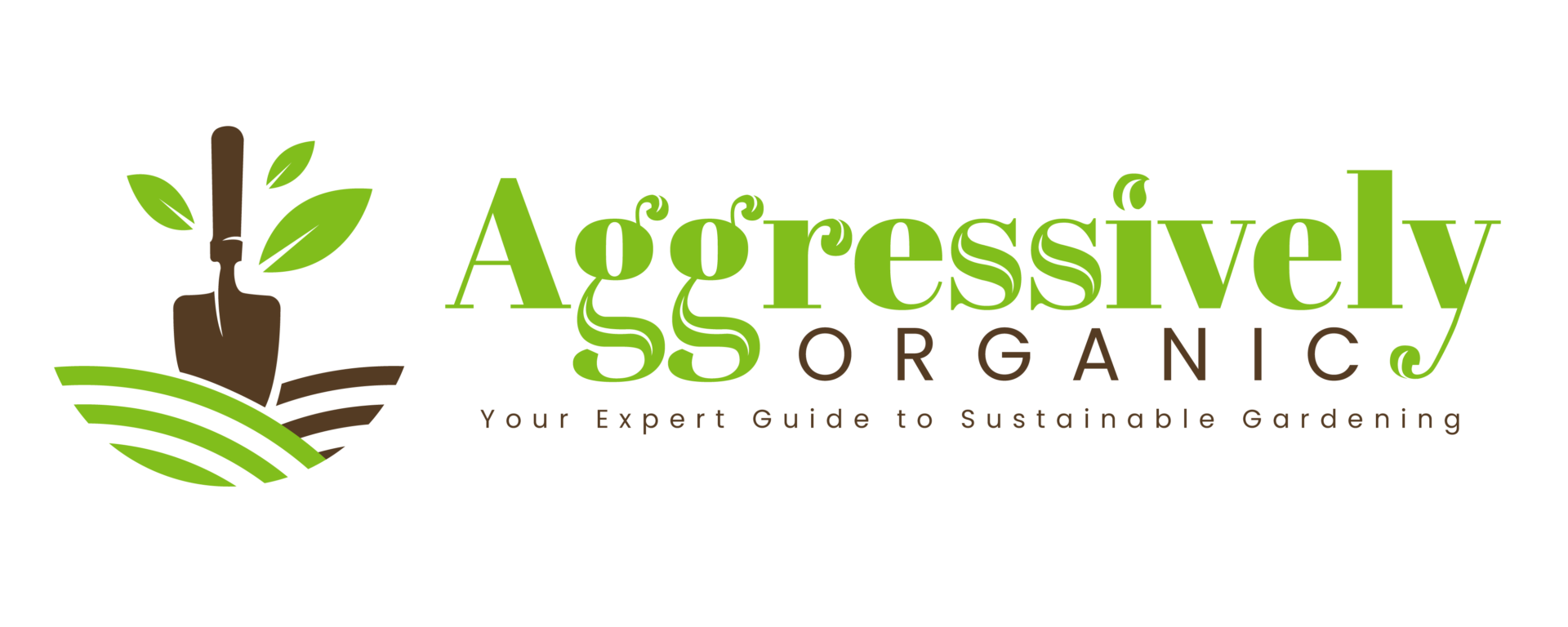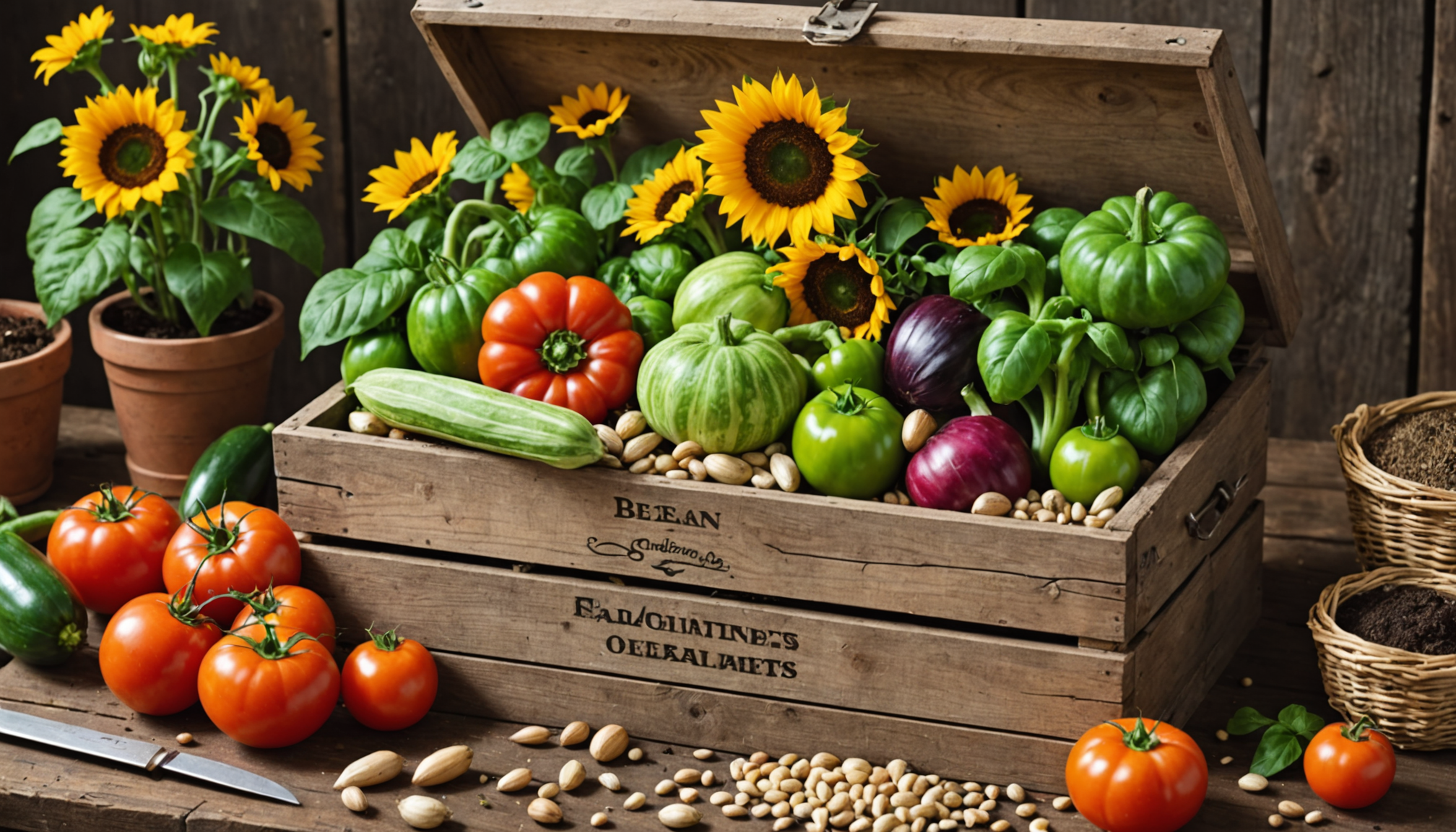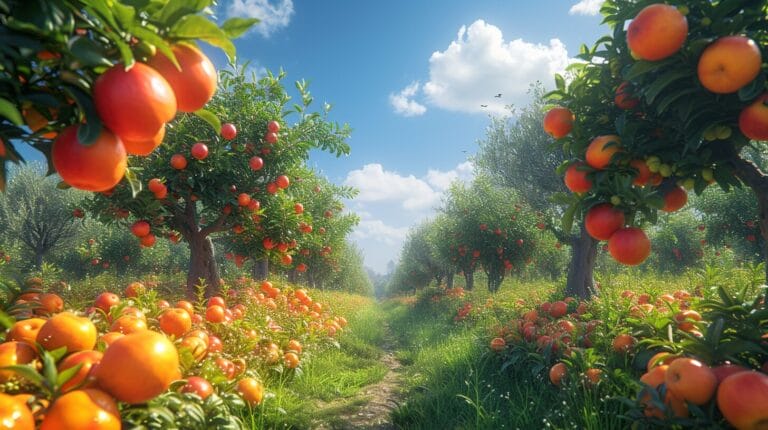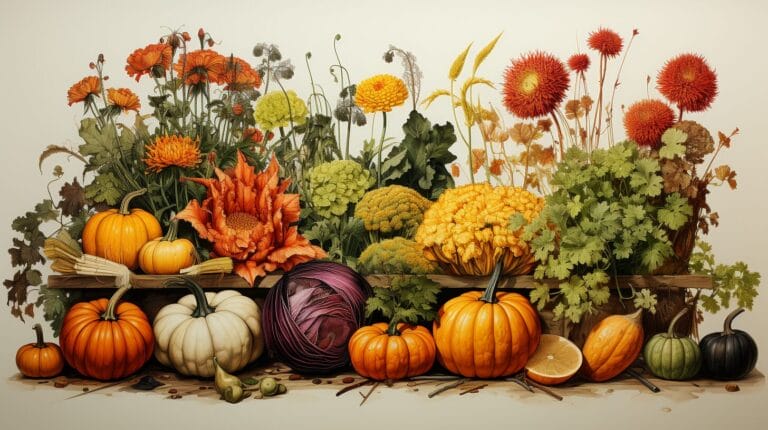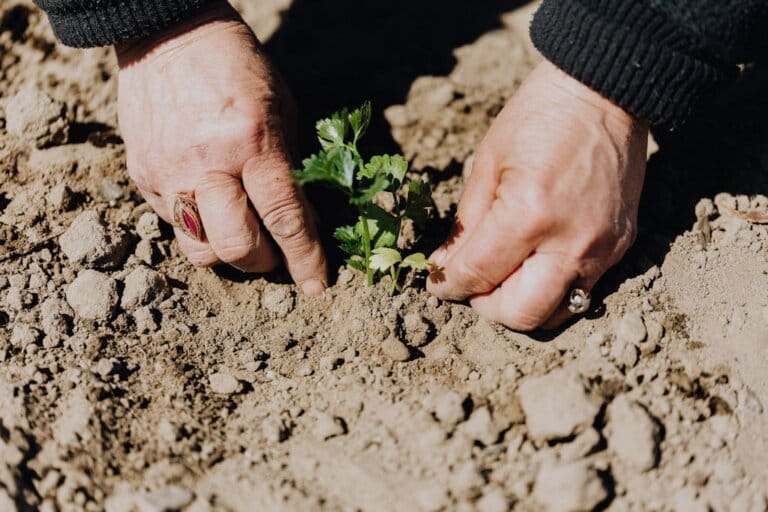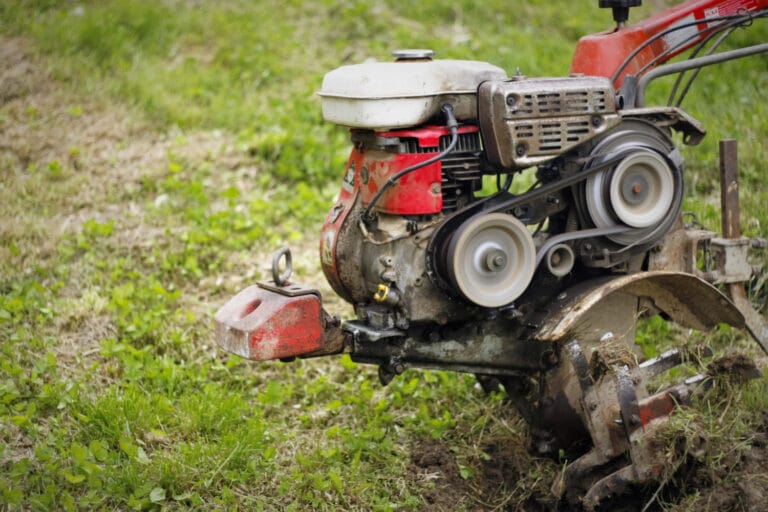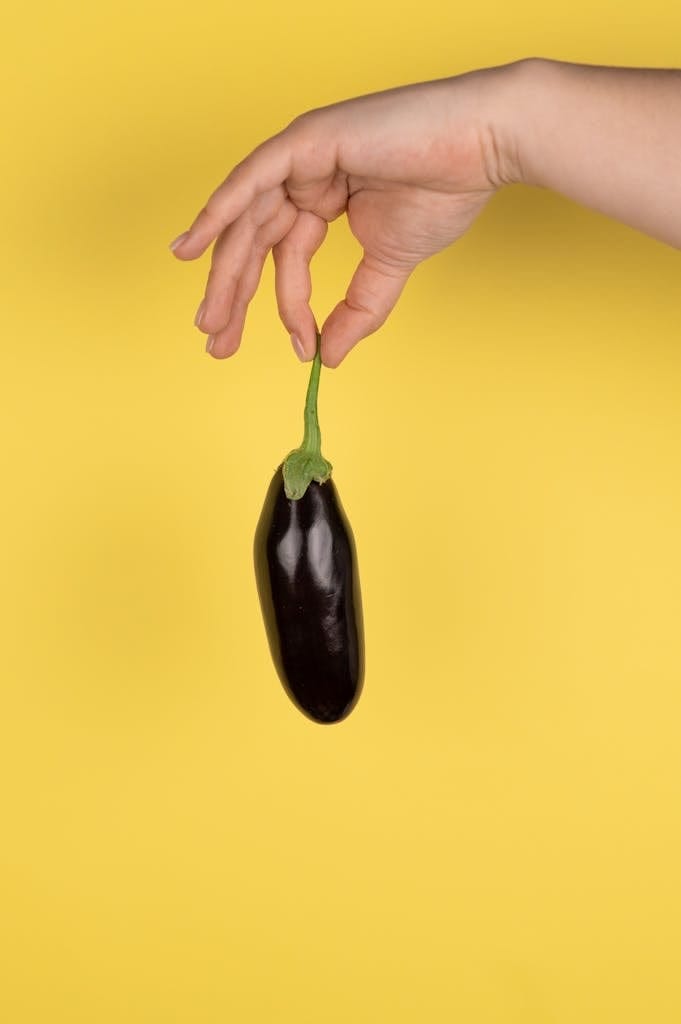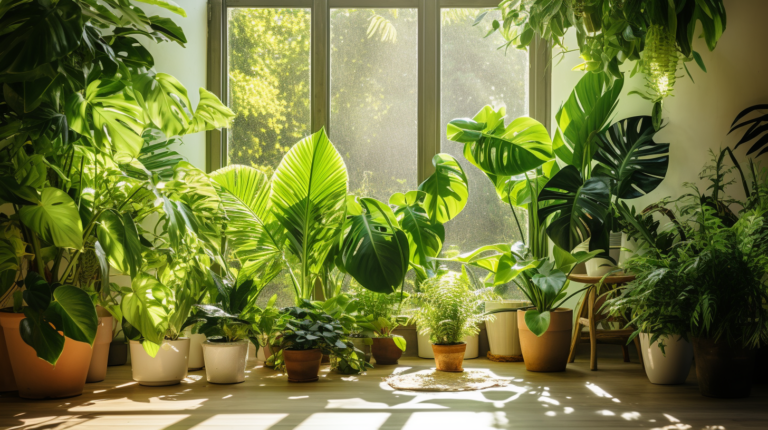Heirloom seeds are like little time capsules of garden magic, holding the potential to grow delicious, unique plants that have been cherished for generations. But how long do heirloom seeds last? Understanding the lifespan of these seeds is crucial for any gardener, whether you’re a newbie or a seasoned pro. If you don’t know how to store or check their viability, you might end up with empty garden beds instead of bountiful harvests!
In this guide, we’ll dive into the secrets of heirloom seed longevity. You’ll learn how to determine their viability, the best storage techniques, and even how to conduct germination tests to ensure your seeds are ready for planting. Get ready to explore the world of heirloom varieties, and keep your garden thriving for years to come!
Understanding Heirloom Seed Longevity
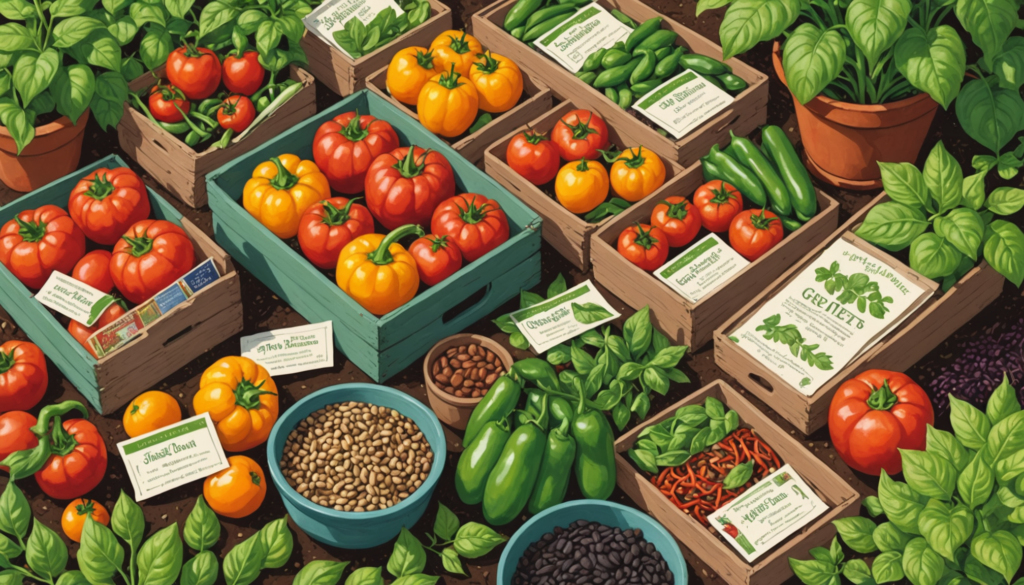
What Are Heirloom Seeds?
Heirloom seeds are special because they come from old plant varieties. These seeds have been passed down through generations, especially in small communities. They are important for preserving plant diversity. Unlike newer seeds, heirloom seeds were common before big farms started using modern techniques. These seeds are loved for their unique flavors and rich histories, making them popular with gardeners and cooks alike. [Wikipedia: Heirloom plant]
Factors Affecting Heirloom Seed Longevity
Heirloom seeds can stay good for a long time if stored properly. Here are some key factors that influence their longevity:
- Storage Conditions: Keep seeds in cool, dark, and dry places. This helps them last longer by protecting them from heat and moisture.
- Seed Type: Smaller seeds, such as carrot or lettuce seeds, generally remain viable longer than larger seeds like beans. [Wikipedia: Oldest viable seed]
These factors are crucial for gardeners who want to keep their heirloom seeds viable over many years. Proper storage conditions, including temperature and humidity, play a significant role in maintaining seed viability. Additionally, understanding when to plant loofah seeds is essential for ensuring a successful harvest, as planting at the correct time can significantly impact growth and yield. Gardeners should also consider factors such as soil quality and pest management to support the overall growth of their heirloom plants.
Comparing Heirloom Seeds vs. Hybrid Seeds
Heirloom seeds differ from hybrid seeds in several ways. Hybrid seeds are crafted to have specific traits, like disease resistance or the ability to grow in different climates.
- Disease Resistance: Heirloom seeds often have less resistance to diseases compared to hybrids. This means they might be more prone to certain plant illnesses.
- Flavor and Diversity: Heirloom seeds are celebrated for their unique tastes and variety. People often choose them for their flavors, while hybrids are usually more uniform and can produce bigger yields. [Wikipedia: Heirloom plant]
Overall, while hybrid seeds are easier to grow, heirloom seeds offer a rich taste and historical value that many gardeners cherish.
How Long Do Heirloom Seeds Last?

Determining Heirloom Seed Viability
Heirloom seed viability means the seeds can sprout and grow into healthy plants. Over time, their ability to germinate diminishes. This decline happens due to cellular death and environmental factors like temperature and humidity. Typically, small seeds from weedy plants stay viable longer than larger seeds from perennial plants.
To see if heirloom seeds are still viable, gardeners can conduct a germination test. This involves planting a few seeds in soil and checking how many sprout within a set time. If over 80% of the seeds germinate, they are still healthy. A lower rate might mean it’s time to buy new seeds.
Lifespan of Different Heirloom Seed Varieties
The lifespan of heirloom seeds varies widely. Some seeds can last much longer than others. For instance, seeds like the Judean date palm, which sprouted after 2,000 years, show that some seeds can survive for a long time. Generally, most heirloom seeds remain viable for about 5 to 10 years with proper storage.
Here’s a brief overview of expected lifespans for various types of heirloom seeds:
| Type of Seed | Expected Lifespan |
|---|---|
| Annual Flower Seeds | 1-2 years |
| Heirloom Vegetables | 5-10 years |
| Herb Seeds | 2-3 years |
| Perennial Seeds | 3-5 years |
| Specific Heirloom Seeds | 10-15 years |
To extend the lifespan of heirloom seeds, store them in a cool, dark, and dry place. Airtight containers are ideal to keep them safe from moisture and pests.
Signs of Seeds Past Their Prime
Knowing when heirloom seeds are past their prime is crucial for successful gardening. Here are common signs:
- Reduced Germination Rates: If fewer seeds sprout than expected, the seeds might be too old.
- Physical Changes: Seeds may change color, harden, or look shriveled.
- Unusual Odors: A bad smell can indicate mold or decay.
If seeds do not germinate within 10 to 14 days, they are likely past their prime. Checking seed viability before planting saves time and resources, ensuring a good harvest. Additionally, it’s crucial to consider the appropriate timing for planting to maximize yield. For example, learning when to plant potatoes in 2024 can help ensure they thrive in optimal conditions. Proper planning and seed testing can lead to a bountiful harvest, making the gardening experience more rewarding.
Best Techniques to Store Heirloom Seeds
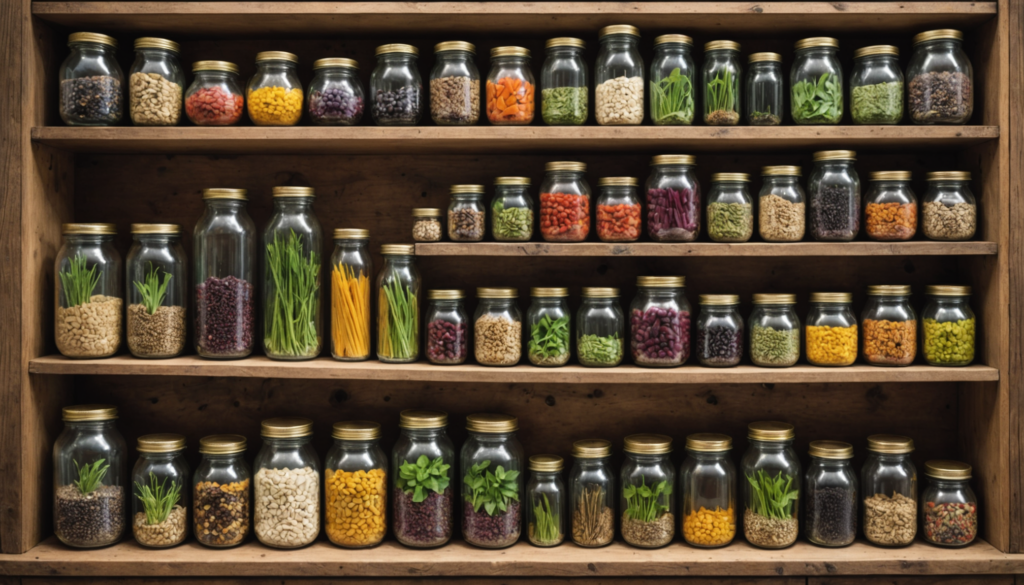
Optimal Storage Conditions for Heirloom Seeds
Heirloom seeds last longer when stored in the right conditions. The best temperature for keeping seeds is around -20°C (-4°F), which is cool and dry. This temperature helps slow their aging. Also, seeds need low humidity, about 20%, to stay viable. High humidity can cause mold and spoil the seeds.
To create these conditions, use airtight containers. Glass jars or vacuum-sealed bags are great choices because they keep moisture out. Store these containers in a dark place, away from bright lights, to prevent seeds from heating up. These steps help ensure that heirloom seeds remain viable for many years.
How to Preserve Seed Longevity?
To keep heirloom seeds viable, it’s important to use airtight containers. Glass or BPA-free plastic containers work well. Vacuum-sealing is another method that keeps air out and extends seed life.
Adding silica gel packets to containers can absorb extra moisture, keeping seeds dry. It’s also important to check seeds regularly. Look for signs of moisture or damage. If seeds show mold or decay, remove them right away.
Expert Recommendations on Seed Storage
Experts suggest checking stored seeds often. Label each container with the type of seed and storage date. This helps track how long seeds have been stored.
Storing seeds in a refrigerator can also help. This keeps seeds at a consistent cool temperature. Experts recommend replacing older seeds every few years to keep a fresh supply. Following these tips can help heirloom seeds stay viable for many planting seasons. (Colorado State University)
Conducting a Germination Test on Heirloom Seeds
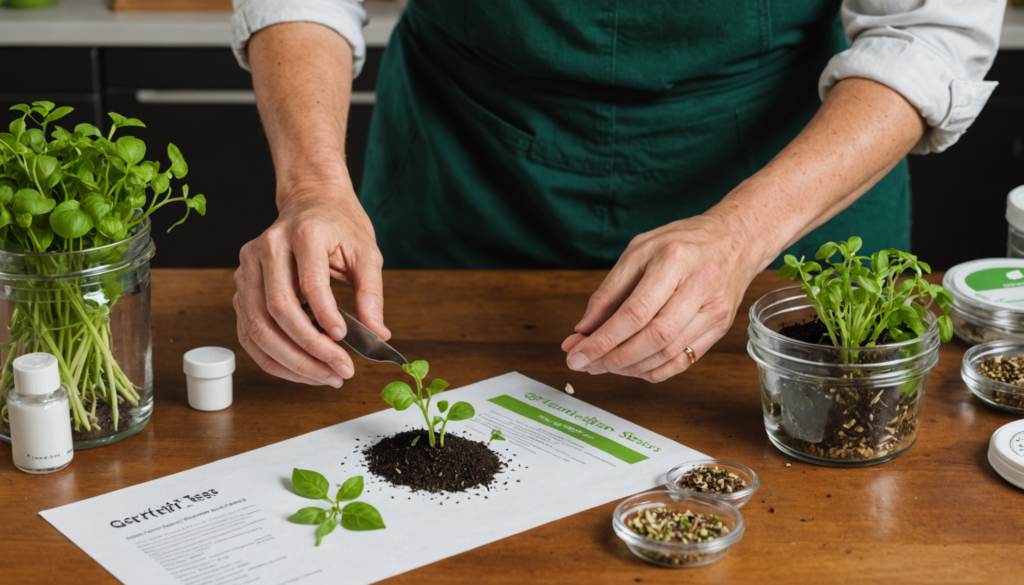
Steps to Test Heirloom Seed Viability
Testing the viability of heirloom seeds is essential. It helps gardeners know if their seeds can still sprout and grow. Here’s how to do it:
- Soaking Seeds: Soak the seeds in water for 24 hours. This wakes them up and prepares them to start growing.
- Planting in Soil: After soaking, place the seeds in a small container with potting soil. Ensure the container has drainage holes to prevent excess water.
- Moisture and Warmth: Keep the soil moist, not wet. Place the container in a warm spot, ideally between 70°F and 75°F (21°C to 24°C). These conditions help the seeds germinate.
- Observation: Watch for sprouting. Depending on the type of seed, germination may happen in a few days or take a couple of weeks.
This process ensures heirloom seeds are ready for planting.
Understanding Germination Rates
Heirloom seed germination rates can differ widely. Most range from 50% to 100%. Several factors influence these rates:
- Seed Age: Older seeds often have lower germination rates.
- Storage Conditions: Seeds kept in cool, dry, and dark environments tend to perform better.
- Species Characteristics: Different plants have unique germination patterns.
Knowing germination rates helps gardeners choose which seeds to plant. A higher rate means a better chance of growing healthy plants.
Frequency of Germination Testing
Gardeners should check the viability of heirloom seeds every few years. This is crucial for seeds stored over long periods. Regular testing allows gardeners to:
- Identify seeds with poor germination potential.
- Decide which seeds to plant for maximum success.
By testing periodically, gardeners maintain a stock of viable heirloom seeds ready for planting.
Current Research on Heirloom Seed Viability
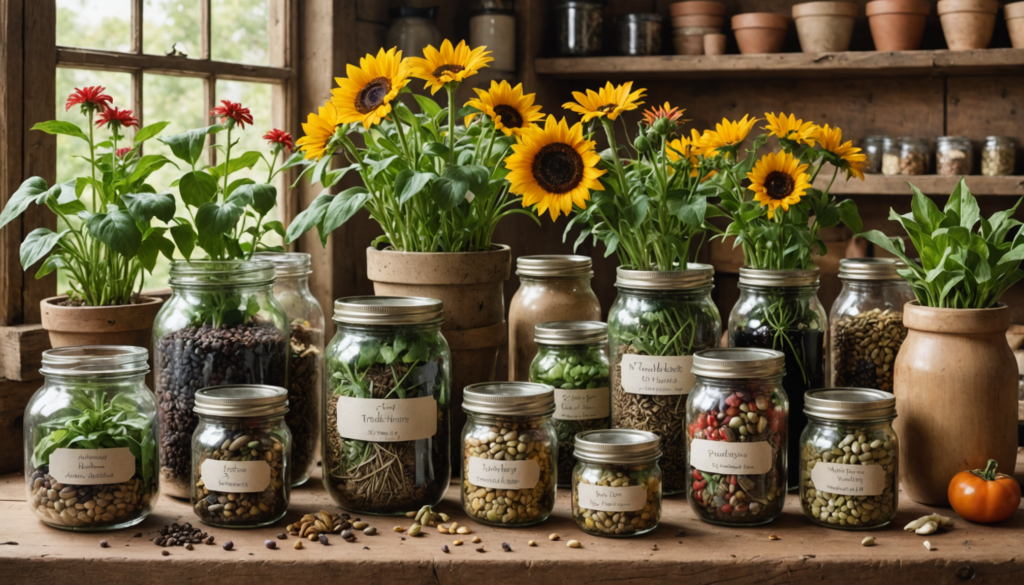
Studies on Heirloom Seed Storage Techniques
Recent studies show how important proper storage is for heirloom seeds. Maintaining specific conditions can keep seeds viable for a long time. For example, seeds stored in a cool, dry place last longer. Containers like glass jars or vacuum-sealed bags work well. They prevent moisture from reaching the seeds, which can cause mold. Using silica gel packets also helps by absorbing any extra moisture.
Research from agriculture experts found seeds stored at low temperatures like -20°C (-4°F) germinate better. Seeds exposed to light tend to lose viability. Therefore, storing them in a dark place is crucial for maintaining their life expectancy.
Implications of Research for Gardeners
This research is vital for gardeners who want healthy heirloom plants. By following these best practices, gardeners can enjoy better growth and larger harvests: Utilizing the perfect container size for parsley is crucial, as it ensures that the roots have enough space to thrive and absorb nutrients effectively. Additionally, incorporating organic fertilizers and maintaining proper moisture levels will further enhance the growth of these plants. By adhering to these guidelines, gardeners can foster robust heirloom varieties and enjoy the fruits of their labor.
- Temperature Control: Store seeds in a cool environment. A refrigerator is ideal for long-term storage.
- Airtight Containers: Use airtight containers like glass jars to keep moisture out.
- Regular Testing: Test germination every year to ensure seeds are still viable.
- Labeling: Mark seed packets with the date and variety to keep track of viability.
Applying these methods helps gardeners preserve heirloom varieties for many years. Understanding how long heirloom seeds last and storing them properly ensures that these valuable seeds support biodiversity and sustainable gardening.
Future Trends in Heirloom Seeds and Gardening
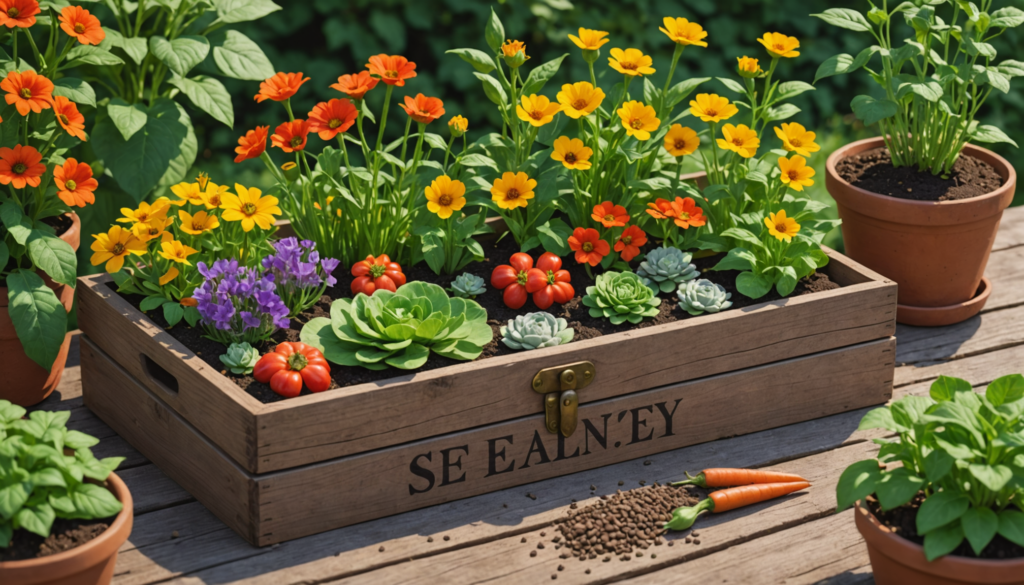
Emerging Techniques in Heirloom Seed Storage
Interest in heirloom gardening is rising, leading to new ways of storing heirloom seeds. These methods aim to keep seeds viable longer. One promising technique is cryogenic preservation. This involves storing seeds at very low temperatures, such as -20°C (-4°F). It can extend seed life up to 10 years or more. This method is excellent for sensitive seed types that struggle in regular storage.
Using silica gel packets is another emerging technique. These packets manage moisture inside storage containers. Controlling moisture is crucial because high humidity can spoil seeds. Ideally, seeds should be stored at about 20% relative humidity to keep them dry and viable.
Advancements in seed packaging are also important. Airtight containers made from glass or BPA-free plastic are popular. They protect seeds from moisture and light, which can harm them. Labeling seed packets with the harvest date and seed type is advised. This helps track seed age and viability.
Overall, these storage methods preserve the unique traits and flavors of heirloom varieties. They ensure seeds stay viable for future generations.
How Climate Change Affects Seed Longevity
Climate change challenges heirloom seed longevity. Changing temperatures and water levels can affect seed viability. Higher temperatures might decrease germination rates for some heirloom seeds, which is a concern for food production.
As climate changes, the risk of crop failures might rise. It’s crucial to preserve diverse seed varieties, like heirlooms, because genetic diversity helps plants survive environmental stresses.
Gardeners can adapt by choosing heirloom seeds that handle climate changes well. This means watching how seeds react to shifts in temperature and moisture and choosing the best ones for their gardens.
In summary, climate change affects heirloom seed longevity by changing germination rates and increasing crop risks. Gardeners need to stay informed and adopt strategies to protect heirloom seeds for the future. Strategies such as selecting resilient varieties, practicing crop rotation, and improving soil health can significantly enhance seed preservation. Additionally, understanding local growing conditions is crucial, including knowing when to plant strawberries in Georgia, which can help gardeners maximize their yields while safeguarding these valuable heirloom seeds. By staying proactive and informed, gardeners can ensure heirloom varieties thrive despite the challenges posed by climate change.
Conclusion
Heirloom seeds offer gardeners a chance to grow plants with unique flavors and rich diversity. With proper storage, these seeds can stay usable for 4-6 years or even longer. Key factors like temperature, humidity, and light exposure play a crucial role in preserving seed longevity.
To extend the life of heirloom seeds, gardeners should store them in airtight containers in cool, dark places. Regular germination tests help ensure that seeds remain viable, allowing for effective garden planning.
By applying the latest research and innovative storage methods, gardeners not only maintain their heirloom seeds but also support biodiversity conservation. This knowledge empowers gardeners to grow heirloom varieties successfully, preserving genetic diversity for future generations.
FAQs
1. How long do heirloom seeds last?
Heirloom seeds can last 4 to 10 years if stored correctly. Some may last longer if kept in a cool, dark, and dry place.
2. What factors affect heirloom seed longevity?
Several factors influence heirloom seed longevity:
- Storage conditions: Temperature and humidity are crucial.
- Seed size: Smaller seeds often last longer.
- Environmental conditions: Light and pests can impact seed quality.
3. How can I determine the viability of heirloom seeds?
To check viability, store seeds properly and check them often. Over time, seeds may lose the ability to germinate due to cellular changes.
4. What are the signs that heirloom seeds are past their prime?
Signs include:
- Changes in seed color
- Hard or shriveled appearance
- Odor indicating spoilage
5. What is the best way to store heirloom seeds?
Store seeds in airtight containers in a cool, dark place below 50°F (10°C). Low humidity helps keep them viable. For optimal results, check the seeds periodically for signs of moisture or spoilage. Once you are ready to plant, understanding the vanilla bean seed germination process is crucial, as it requires specific conditions such as warmth and consistent moisture. Following these guidelines will help ensure that your seeds remain healthy and viable for planting.
